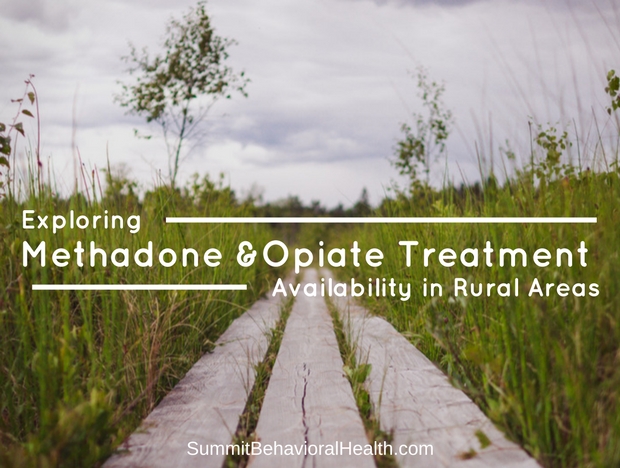Last year, methadone clinic Director Stacey Sigmon and her associates discussed one of the greatest ongoing barriers to opioid addiction treatment in the Journal of the American Medical Association – the lack of treatment programs in rural America. States such as Vermont and Kentucky have rural areas where the waiting list to receive treatment is as long as two years. Factors such as transportation time, employment of qualified staff in isolated areas, and the costs of opening new clinics all inhibit the availability of medication-assisted treatment (MAT) facilities in rural areas.
Supply Versus Demand Of Methadone And Opiate Treatment Centers
The overwhelming statistics of opioid abuse have hit record-breaking highs across the United States. Opioid dependence costs the U.S. more than $56 billion annually in criminal costs, emergency department visits, lost work productivity, and premature deaths. The epidemic proportions of the country’s methadone and opiate abuse problem call for a change in treatment methods toward more-widespread availability of proper addiction treatments. Unfortunately, today’s massive demand for opioid treatment far exceeds the available capacity. The major area feeling the squeeze is rural America.
An alarming number of treatment centers in less-populated areas have extensive waitlists. Patients dependent on methadone and opiates have to wait for years to receive treatment – years for which they are at very high risks of increased drug use, criminal activity, and overdose deaths. Rural areas experience a double whammy. They’re experiencing higher levels of drug abuse than in previous years and suffering from a lack of treatment options. Vermont, Sigmon points out, currently has some of the highest rates of prescription opioid abuse in the country. Yet nearly 1,000 people are waitlisted to receive treatment they may not see for another 1.9 years.
The marked lack of treatment facilities in rural areas isn’t the only barrier preventing addicts from seeking recovery. Studies also attribute the lack of treatment to long travel times and hefty transportation costs. Eight-five percent of patients in Sigmon’s Vermont clinic have to visit daily – an average travel time of about one hour. Patients spend nearly $50 per week on travel costs alone to attend the treatment clinic. The lack of available transportation leads to patients missing treatments, which results in an increased number of relapses.
Possible Solutions To Rural America’s Treatment Shortage
The lack of easily available treatment centers in rural America is a very real problem addicts face today. As the number of opiate and methadone addicts in rural areas escalates, our nation’s policymakers search for ways to make treatments more available. Sigmon identifies two main avenues that hold significant potential for solving the current deficit of treatment in geographically rural areas:
- Developing sustained-release opioid antagonist medications. Today’s most common treatment plans for opioid addicts require frequent clinic visits and multiple dosages of antagonist medicine. While this treatment method has proven effective for patients who can visit the clinic regularly, it does not lend itself to treating rural patients. Instead, Sigmon proposes a treatment with a longer-lasting formula to decrease the number of visits required of a patient.
- Leveraging modern advances in mobile health technologies. Today, treatment plans and professional support are not limited to the four walls of an office. Mobile apps and tools provide education, patient monitoring, and support during crucial times to remote patients. Studies show that increasing the psychosocial services available to recovering addicts reduces instances of relapse. Providing customized support via mobile technology can make this possible to patients in rural communities.
The Hope For Addicts In Rural America
Both solutions are already obtainable for patients in rural areas if treatment centers take the initiative to establish them as part of common practice. A recent example of a sustained-released opioid antagonist medication is a buprenorphine implant. This implant produces sustained plasma levels in the patient for six months without the need to return to a clinic. A matchstick-sized rod is inserted into the upper arm and delivers a continuous dosage of buprenorphine. This treatment reduces the risk of non-adherence to a treatment plan, abuse of the treatment drug, and diversion.
The second part of the solution is also available. Apps exist that track a patient’s personal recovery and treatments, connecting a patient to professional support at times during recovery that are particularly risky for relapse. Mobile health platforms that offer sophisticated computational capabilities and interactive voice response (IVR) systems have great potential. IVR systems provide customized content via telephone for low-cost and consistent access to 24/7 help and support. These two potential solutions offer hope for the future of addiction treatments in rural locations

